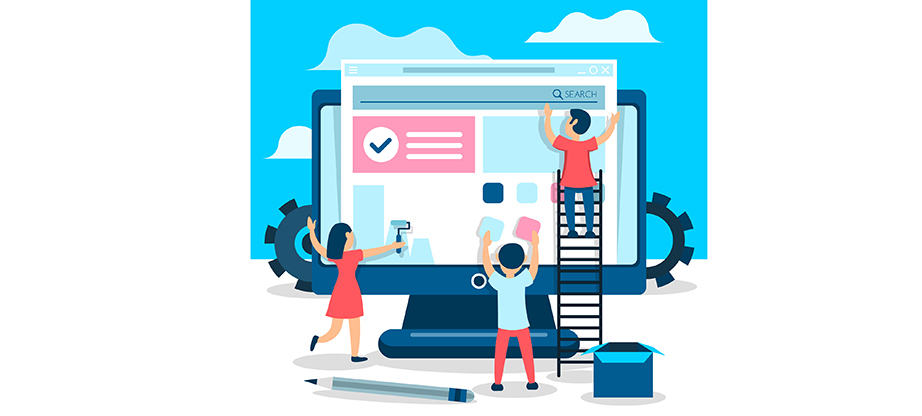Tips for Better Designer-Developer Collaboration
When designers work in solitude and send their designs on to a development team to implement, it will almost always waste time. Many developers dislike the idea of incorporating a design process into their workflow because they perceive it as a burden that will force them to perform extra work or possibly several reworks. Designers are in charge of product concepts, and they assist teams in defining and refining product protocols based on user demands. Designers and developers must work together smoothly to achieve the aim of creating products that people genuinely desire. Developers are more likely to systemize than sympathize. They are rational thinkers who struggle to understand the emotional side of things, whereas designers are imaginative, adaptable thinkers who care more about how end-users react to design solutions. So, designer-developer collaboration is difficult to implement.
Why Is It Important for Designers and Developers to Collaborate?
Designers and developers have equal influence when it comes to creating fantastic products. Understanding what each performs will help you understand why they need to work together. Designers are responsible for the aesthetics, practicality, and usefulness of a product. Designers also consider the target audience’s unique demands and seek methods to make the product more enjoyable, productive, or unique for them. To put it another way, they consider every element of the user experience.
Developers add a distinct set of abilities to the table. Consider a programmer with a keen eye for design. They’re in charge of ensuring that the website or app accomplishes exactly what the user expects. Developers know what can and can’t be coded, and they build the foundation of a product. It should go without saying that designers and developers have the same goal in mind: to produce a fantastic product. The design and development teams just interpret and approach these identical goals in different ways. There are a few ways to bridge the gap between designers and developers, and they are listed below.
Motivate Them to Find out More about Each Other’s Jobs
Let’s be honest. Developers and designers aren’t always aware of or understand what others do. Each person may believe that their work is more difficult or even overlooked. And both might be correct. Start changing up things with meetings to prevent this. Invite developers to your next design review to observe what goes into the design and the procedures that take place even before the design is sent to development for coding.
Also, designers might attend a developer’s weekly meeting to observe what they’re working on right now. A designer could be willing to share lessons learned from previous projects or current trends with a developer.
Designer-Developer Collaboration – Improve the Communication Between Them
Your designers and developers must be able to communicate easily with one another. Before, there were few options for improving team communication. You would have them share a workstation or create a social media group for everyone.
Even if your teams are working remotely, you can use today’s solutions to increase communication and cooperation. Enterprise VoIP Solution is one of the finest choices. The more simple communication gets, the more probable your team members will communicate with one another. Give them the resources they need to remain in touch and form professional connections.
Organize Brainstorming Sessions
Too frequently, team members are kept out of crucial brainstorming meetings. The project leader could consider inviting the head of the development team to discuss the obstacles of adding specific features to a product. Increase the number of designers and developers in brainstorming meetings to promote teamwork, discuss ideas, and uncover creative solutions that might otherwise go unnoticed if everyone wasn’t there.
Designer-Developer Collaboration – It Can Be Helpful to Be Informal
In order to preserve a good atmosphere, the adoption of formal procedures may need the use of informal interactions as well. Both sides must be more tolerant, compassionate, sympathetic, and nice to one another because they are in this together. Relaxing and entertaining calls should be scheduled to discuss anything other than the project. The teams may play video games and engage in enjoyable online activities, which helps them bond and strengthen their relations.


